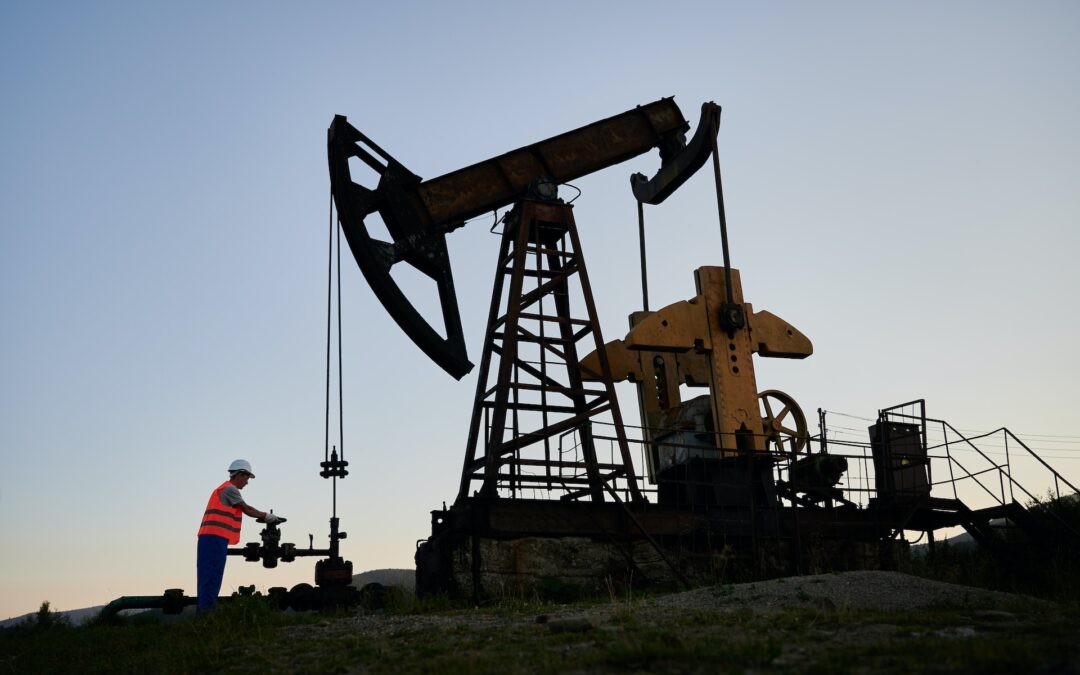The oil and gas industry is often faced with potential environmental challenges, particularly spills and leaks. Developing an effective environmental spill response plan is crucial for adhering to regulatory requirements, protecting the environment, and minimizing operational disruptions. In this article, we will discuss the vital elements of a robust environmental spill response plan, guide for creating and implementing these plans, and highlight how Tiger Safety Rentals can support your efforts in safeguarding the environment through proactive planning.
Tiger Safety Rentals has years of experience supporting the safety and environmental needs of the global oil and gas industry. We leverage our extensive industry expertise and a vast selection of specialized equipment and services to develop customized solutions for our clients. By partnering with Tiger Safety Rentals, you can benefit from our knowledge, innovative products, and unwavering commitment to safety and environmental protection.
Read on to learn more about the critical elements and best practices for developing a comprehensive environmental spill response plan for your oil and gas operations and the advantages of collaborating with Tiger Safety Rentals in achieving your environmental objectives.
Key Components of an Environmental Spill Response Plan
An effective environmental spill response plan should incorporate several crucial elements, ensuring a proactive approach to environmental protection and regulatory compliance in the oil and gas industry:
1. Risk Assessment and Hazard Identification: Evaluate your operation’s potential environmental risks, considering location, climate, and proximity to sensitive ecosystems. Identifying the types of spills or leaks that could occur enables you to prioritize response strategies and allocate necessary resources.
2. Spill Response Team and Designated Roles: Establish a dedicated spill response team, with each member assigned specific roles and responsibilities. Ensure your team is well-trained in their designated tasks and appropriate spill response techniques.
3. Containment and Recovery Measures: Develop a set of containment and recovery measures tailored to your operation’s specific potential spill scenarios. These measures might include spill containment booms, absorbent materials, and specialized equipment for oil recovery.
4. Communication and Coordination: Implement protocols for clear communication and coordination between your spill response team, management, on- and off-site personnel, and external responders or agencies. Effective communication is crucial for a successful response effort and ensuring informed decision-making during an environmental incident.
5. Waste Disposal and Remediation: Outline procedures for proper waste disposal and site remediation following a spill event. Proper disposal of contaminated materials and efforts to restore the affected environment are essential to minimizing the long-term environmental impact.
6. Training, Drills, and Continuous Improvement: Schedule regular training and practice drills for your spill response team, enabling them to refine their skills and identify areas for improvement in your response plan. Use lessons learned from past incidents or drills to enhance your plan and ensure its ongoing effectiveness.
Best Practices for Environmental Spill Response Planning
1. Engage Stakeholders: Collaborate with internal and external stakeholders—including management, employees, contractors, first responders, and regulators—to ensure that your spill response plan covers all necessary bases and integrates seamlessly with broader emergency response efforts.
2. Align with Industry Standards and Regulations: Your spill response plan should comply with applicable environmental regulations and align with recognized industry best practices to minimize potential legal liabilities and protect your operation’s reputation.
3. Emphasize Prevention and Preparedness: Focus on prevention and preparedness measures within your spill response plan, ensuring that your operation is equipped to minimize the likelihood and impact of spills in the first place.
4. Review and Update Your Plan Regularly: Regularly assess and revise your spill response plan to address operational changes, emerging risks, updated regulations, or new technologies.
Tiger Safety Rentals: Supporting Your Environmental Spill Response Efforts
Tiger Safety Rentals offers a range of products and services designed to support your environmental spill response planning and execution:
1. Specialized Spill Response Equipment: We provide an extensive selection of spill response equipment—including containment booms, absorbents, skimmers, and pumps—specifically designed for use in challenging oil and gas environments.
2. Equipment Training and Consultation: Besides supplying high-quality equipment, Tiger Safety Rentals offers training and consultation services that ensure your spill response team is well-informed, prepared, and equipped for success.
3. Customized Solutions: Our team works closely with you to understand your unique operational needs and challenges, allowing us to develop tailored spill response solutions to your specific requirements and goals.
4. Ongoing Support and Resource Optimization: We provide ongoing support to help you optimize your spill response resources and ensure that your plan remains effective over time.
Conclusion
Developing and implementing an effective environmental spill response plan is essential for safeguarding the environment, ensuring regulatory compliance, and minimizing potential negative impacts on your oil and gas operation. By partnering with Tiger Safety Rentals, you gain access to knowledgeable industry experts, high-quality equipment, and customized solutions to help you proactively address environmental challenges.
Our commitment to safety, environmental protection, and outstanding customer service makes Tiger Safety Rentals the ideal choice for your spill response planning and execution needs. Contact us today to discuss your environmental objectives and discover how our innovative oil safety equipment, products, and services can help you achieve lasting success in a demanding and dynamic industry.

